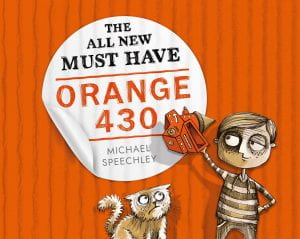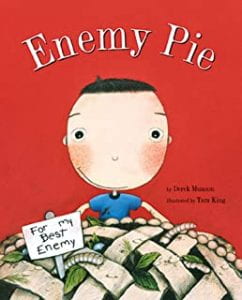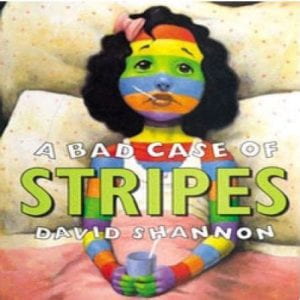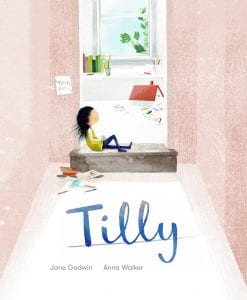Myrberg and Wiberg (2015) suggest that ebooks and print books both have advantages and disadvantages depending on the task, the preferences of the user and the technology used to access them. They suggest that readers who prefer print books, once they get used to ebooks, use them just as efficiently, but also suggest that ebooks that are born digital – ie were designed for electronic use and take advantage of the various tools such as integrated dictionaries, placing questions next to the relevant parts of the text etc, are superior to ebooks that have been converted from print to digital media with minimal changes or utilisation of the ereader’s facilities. Meanwhile, Du Temple (2020) suggests that some of the key advantages of ebooks are the anonymity of the reader – they can be accessed privately without peers or teachers knowing what has been selected – and their accessibility – they can be accessed at any time of the day or night and in almost any location. This, she argues means that teens, particularly, are more likely to explore and seek help for social-emotional or mental health issues they may be dealing with. Gray (2017) raises issues around equity of access – ebooks are only available to students whose families can afford to buy them an ereader or tablet/phone. He also discusses the problem of cross-platform access – some resources are only available on certain devices. This problem has largely been solved by apps such as Libby which allow readers to access materials from subscribed libraries regardless of the platform they use. There are also issues around whether the library is spending its limited budget acquiring titles permanently in the collection, or just providing access for a time. What happens if that access is no longer able to be included in the annual budget?
What, then, are the implications for my primary school library? Currently my library does not provide access to any ebooks or audiobooks at all. Should they be added to the collection and in what form? I believe that both hard and softcopies are useful to different people in different ways and the ideal scenario would see all titles available in both formats. Of course, budgets do not allow for this. Perhaps this is an opportunity for student-led selection. I don’t believe that there will ever be an excuse to do away entirely with the print collection, however, I do think that ebooks could play an important part in areas of the collection that are quickly outdated such as technology, international politics and scientific advancements. Many reference materials might be included in the electronic collection, some, such as encyclopedias, in place of print copies and some, such as dictionaries and thesauruses, in addition to it. This is always assuming that the teacher librarian has included in the selection criteria for the digital materials the frequency of update available for the ebook and the pattern this takes. If a digital book automatically provides access to the most recent update when accessed by a student, this is ideal. If on the otherhand, a digital file must be checked regularly for updates and these downloaded individually, this needs to be factored in to the library staff workflow and is, from a practical perspective, unlikely to be possible.
One must consider whether it is necessary or desirable for fiction and non-fiction, and indeed junior fiction titles to be included in the digital collection. Many junior students at our school do not have the technology skills to access ebooks readily, but many older students seem much happier to read fiction than non-fiction in electronic format. I suspect that this is because linear reading styles typical of fiction books are more easily navigated on an ereader than the dip in and out style of non-fiction texts.
Another spanner in the works is the recent extraordinary times we find ourselves in. During lockdown for the Covid-19 pandemic, students are not able to access any of our library titles. If they were available in a digital collection, at least they could get some use out of them. As it is, though, the print collection sits on shelves in a deserted building, gathering dust.
Du Temple, T, (2020). The positive potential of ebooks within school libraries. SCIS Connections, (113). https://www.scisdata.com/connections/issue-113/the-positive-potential-of-ebooks-within-school-libraries
Gray, M. (2017). Ebooks: To subscribe, or not to subscribe? SCIS Connections (101). https://www.scisdata.com/connections/issue-101/ebooks-to-subscribe-or-not-to-subscribe
Myrberg, C., & Wiberg, N. (2015). Screen vs. paper: what is the difference for reading and learning?. Insights, 28(2), 49–54. DOI: http://doi.org/10.1629/uksg.236





